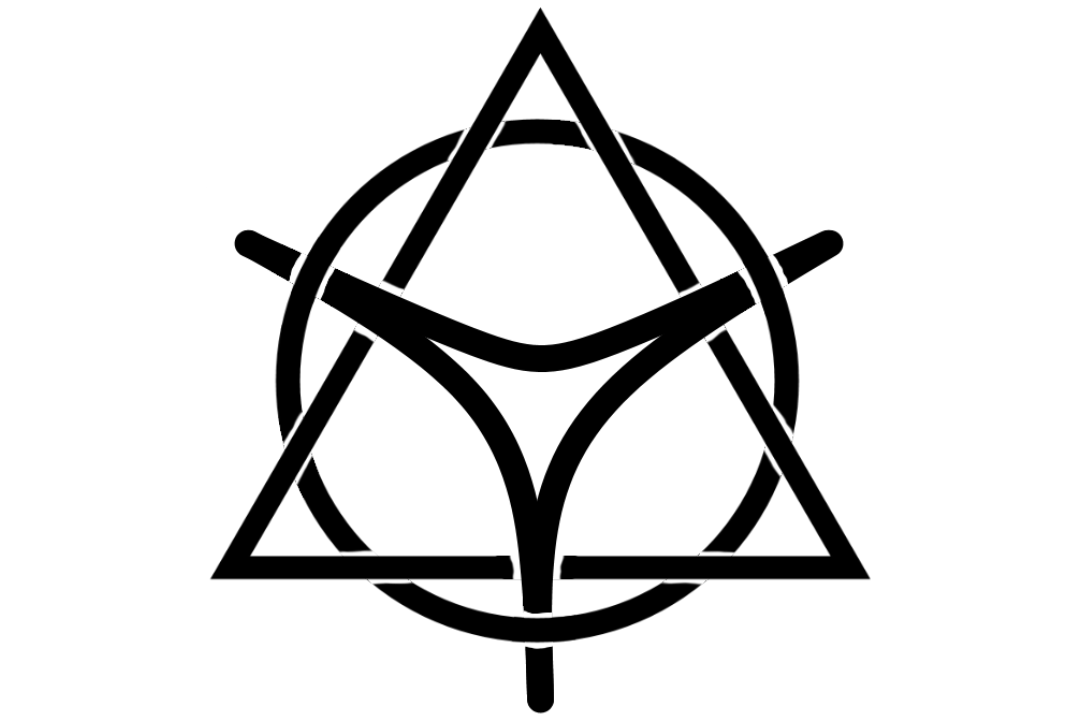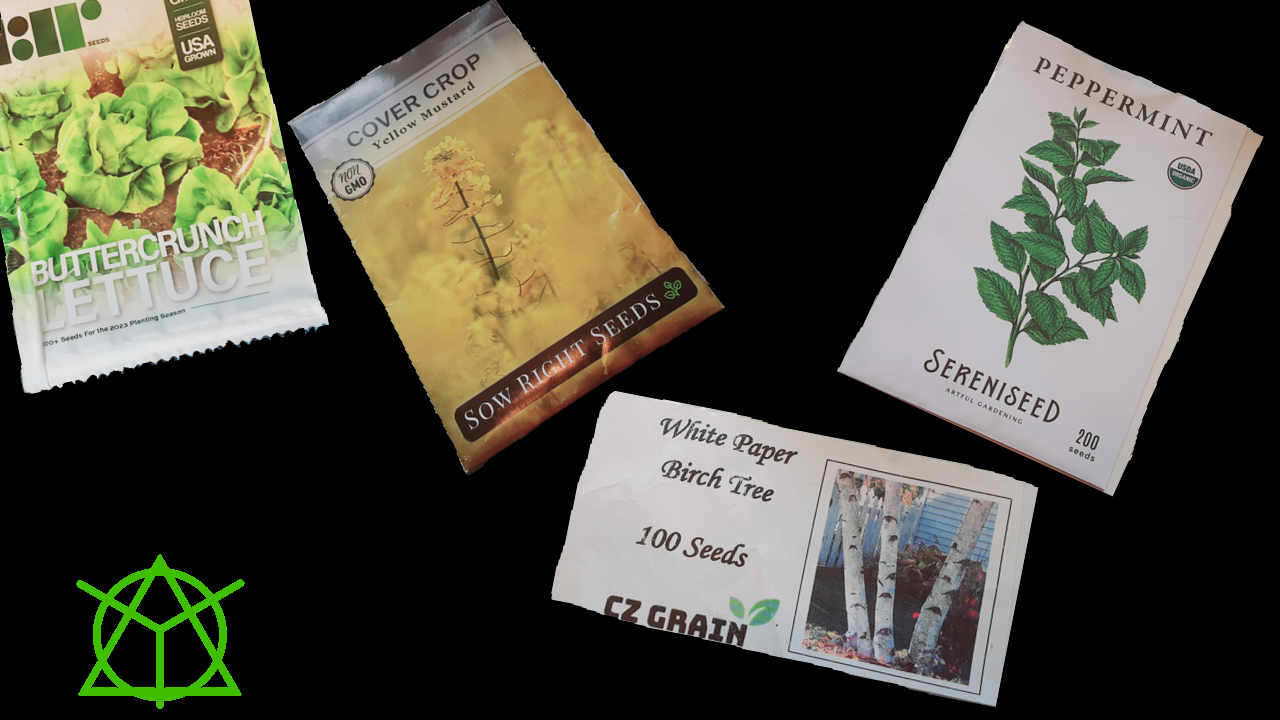We all go through school forced to learn useless information, but we students must learn. As a result, many of us turned to resources like Crash Course, Khan Academy, Extra Credits, and more to pass a test and move on. As a result, we leave high school and enter college feeling like we missed the lessons that matter most. This is J. J. Bartel, Author, Scientist, Historian, Gamer, and this is Beyond the Textbook for Biology 101.
Learning about cells and cellular biochemical reactions is a close matter in many biology courses. Many students will experience their first-semester test after covering the cell material. Confidence and arrogance both shattered in first-year students on their first test. This test convinces many to change their major to something not scientific. Understanding energy, metabolism, metabolic pathways, and the laws of thermodynamics, some profs will also shove photosynthesis and anabolic cycles in there. This one likes being merciful to their students by testing cell parts and biochemistry separately. It prevents anxiety-induced despair.
It may seem self-explanatory why this material is tricky. It is much-complicated information, and there is math involved. However, it is more than that. What is weird is that energy studies are weirdly practical theoretically, but the theoretical parts are more practical. Understanding that can certainly undo much nervous energy, so let us touch on energy first. Energy is power. Heat, Light, Chemical, Potential, Kinetic, and Atomic are all forms of energy that allow things to happen.
So let us start with the sun. The sun is going through fusion, fusing hydrogen atoms to form helium atoms due to gravity. This atomic nuclear energy takes high-energy hydrogen atoms and stabilizes them. Millions and billions of hydrogen fuzing to form married pairs of helium atoms. Part of that calming, stabilizing process is that hydrogen atoms release a lot of heat energy when forming helium. So the third rule of thermodynamics always applies. Since energy cannot be created or destroyed, where does that energy go?
Our sun radiates that energy in the form of light and heat which brightens and warms the surrounding reaches of space, including our planet. Plants absorb that light energy through their chloroplasts. Chloroplasts do not generate much energy, but they generate enough for organisms that do not move. The heat and light excite different molecules and allow chemical and molecular changes to occur in plant cells. Through much exploration and testing, people have calculated the formula for photosynthesis at its smallest molecular units. Students are often told to memorize and understand the formula as if that is the most valuable, practical part. Nevertheless, the plant cannot do one chemical reaction in its life and life. It cannot do one a day. It must do thousands if not millions if not billions of reactions of photosynthesis. A water drop has 1.5 sextillion molecules of water. A plant has to undergo photosynthesis reactions at least two hundred and fifty thousand times to make one drop of water. Many plants release multiple drops of water through their leaves every day. This energy leaves the plant eventually by the time it dies. Since energy cannot be created or destroyed, where does that energy go?
Plant energy goes one of three ways. First, plants can die, and all that stored potential energy is chemically released when bacteria, fungi, and archaea break down the dead. It will be done through catabolic pathways to take these larger molecules and break them down into smaller molecules. Many plants reproduce, giving their offspring chemical energy for metabolic processes. Things like forming the first roots and leaves during germination do not happen out of nowhere. What animals like sheep do is tear apart plants and eat them. Plants have all sorts of chemicals, like starches, lipids, proteins, and carbs, that are full of potential energy in the form of molecular bonds. During digestion, the animal will make smaller molecules into larger ones. Proteins like wool, and lipids like sheep fat, are large complex molecules formed by sacrificing energy through anabolic pathways. Sheep survive, reproduce, and avoid predation by moving. Their stored energy has far more energy than a plant’s. However, the sheep will release energy one day. Since energy can not be created or destroyed, where does it go?
Our sheep in question is Shepard, the ironically named male bundle of mutton. The farmer knows he is old and will not survive the upcoming blizzard. So the farmer decides to eat mutton in an ironically named shepherd’s pie. He, too, will get potential energy from the potato crust, the veggies, the milky creme, and of course, the meat. Both farmers and students will need as much energy as they can get due to life’s complication called friction. Friction is energy leaving something like a system in a nonusable form. Almost nothing is perfect, and energy lost at sea or elsewhere escapes to outer space. Many classes discussing these matters end with mentioning the heat death of the universe. After all the formulas, math, and complex biochemistry, classes often end with how everything will die and implies a nihilistic, dark, uncaring world.
Why should the farmer eat mutton? Why should sheep eat grass? Why should grass grow? Why does the sun burn? Why should students learn about energy? We learn many practical aspects of the formulaic processes, but we must learn more about the meaningful, fulfilling matters of using energy. Because the things that matter require sacrifice. The sun sacrifices its hydrogen in great quantity to make helium. The plant makes a small sacrifice to grow at the cost of being unable to move. The sheep must sacrifice many plants to live its best life. The farmers have to sacrifice many sheep to survive and thrive. Students sacrifice time and effort to help make the most of their future. Even if students did not go to college, they would have to work in a trade, in the stock market, or their own business. Using energy to work is unavoidable, and no one gets to avoid every difficult thing. However, we are people. Humans. Unlike suns, plants, or other animals, humans have far more choices in where we put our energy. Do we, as students, choose to stay nervous when the test approaches, or do we choose to study and overcome the trial ahead? In a world where death comes for everything, the greatest act of defiance is picking the most meaningful trials to undergo.
More of this content will be released next week, but until next time let us cultivate some greatness.
If you thought this was helpful, feel free to like this video and subscribe for more content. Also, I have a book that goes into Science and every school subject. It is called the lost soul of scholastic study, available on Amazon, and until next time cultivate some greatness.



Really unique perspectives and so interesting! Definitely worthwhile to think about 🙂